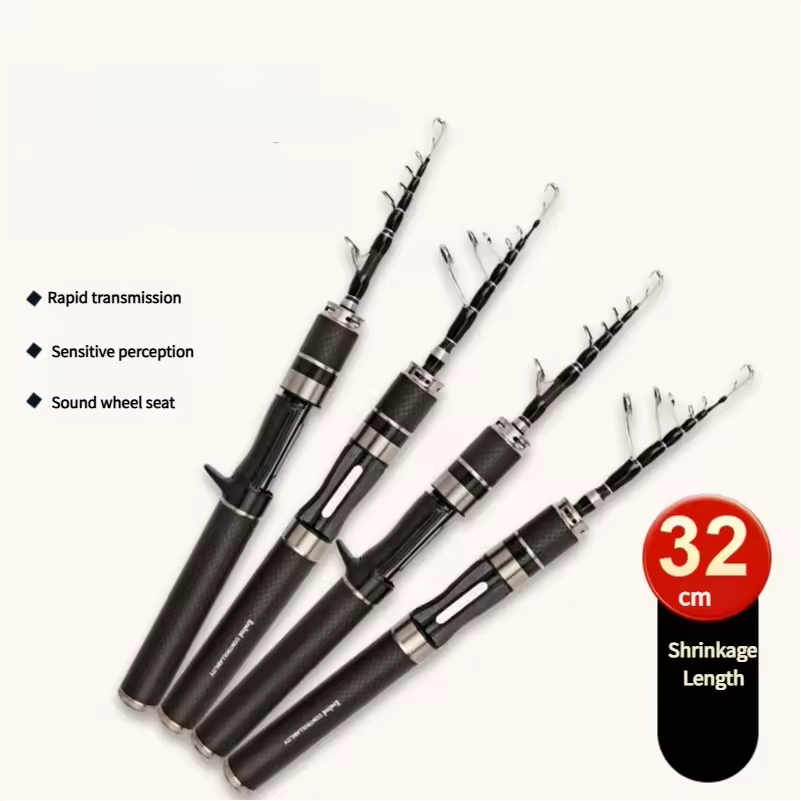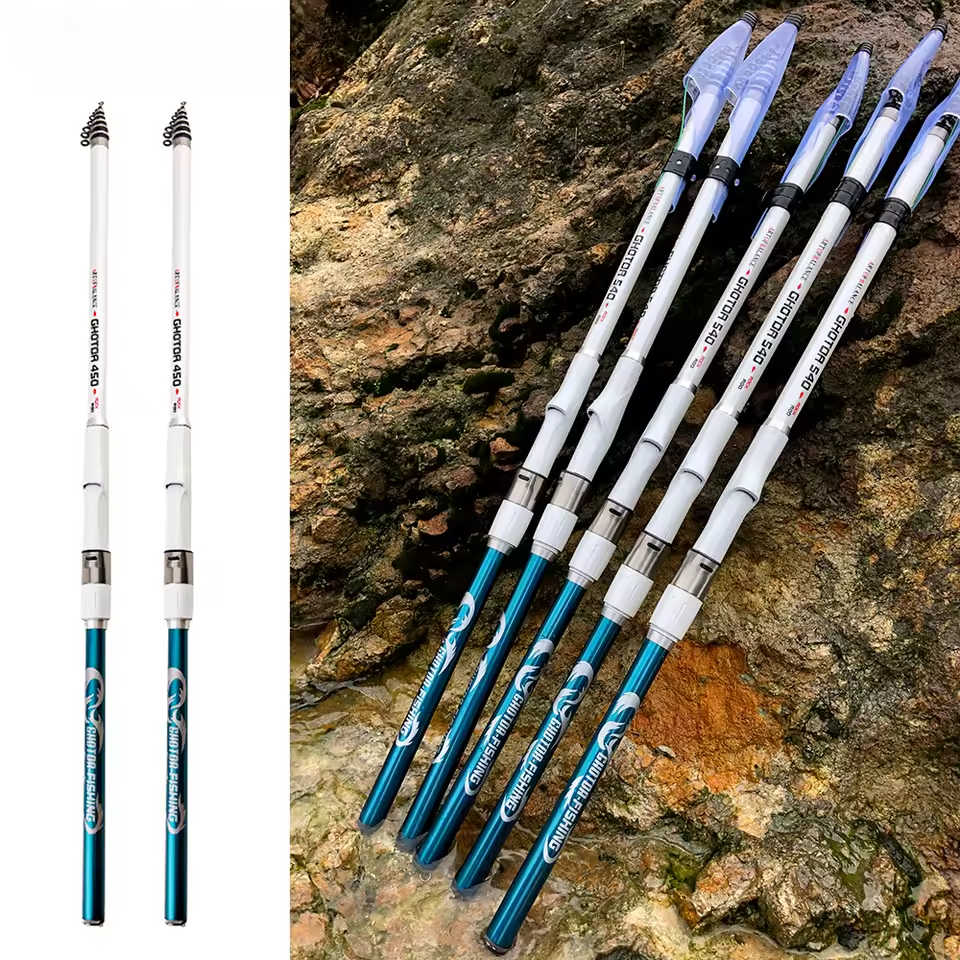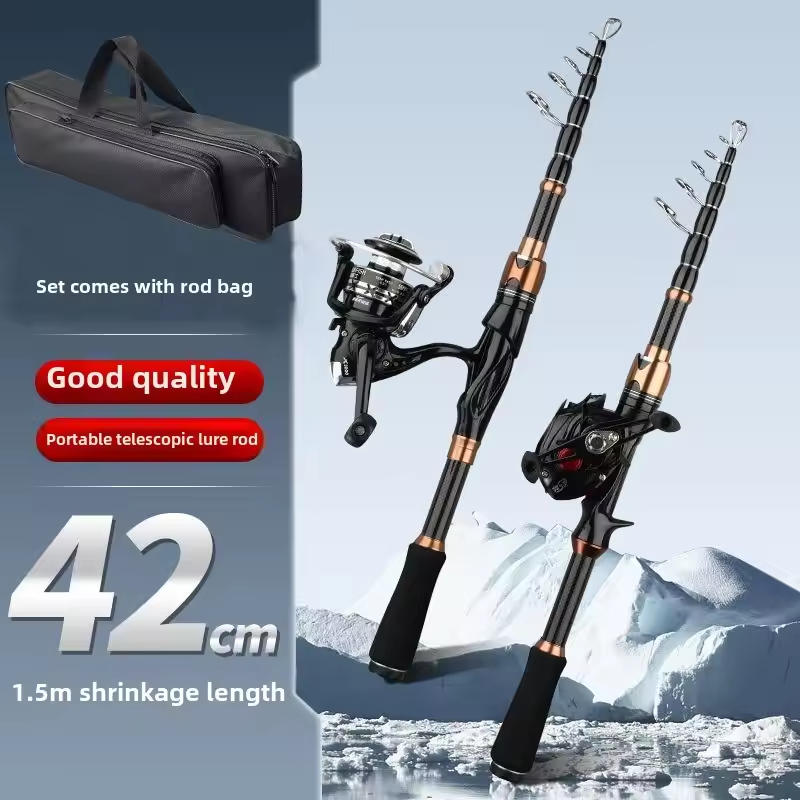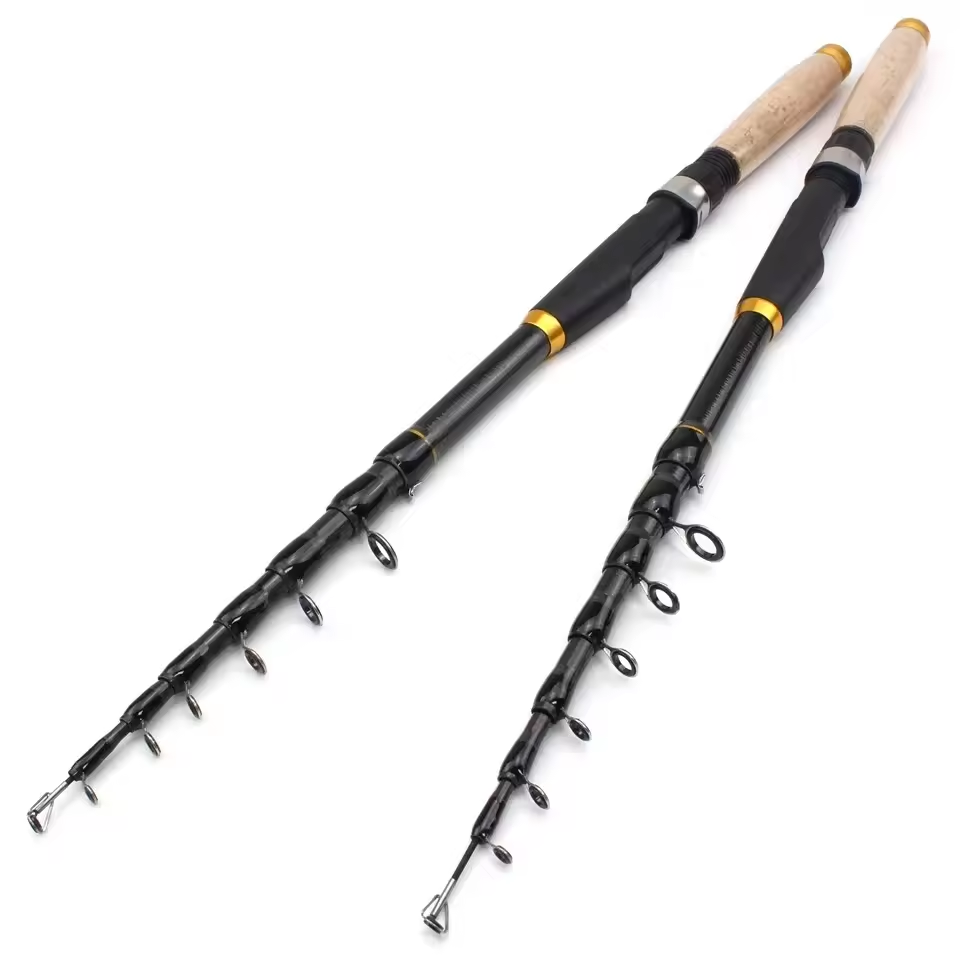Introduction to How to Cast a Fishing Rod Far
Casting a fishing rod further can transform your fishing experience. Whether you aim to reach distant waters or compete in fishing sports, mastering long-distance casting is crucial. Learning how to cast a fishing rod far involves more than strength. It requires understanding the gear, refining techniques, and consistent practice.

As the seasons change, and especially during winter, fish tend to move into deeper waters. If you lack the skill to cast your rod farther, you risk ending your day with an empty bucket. That’s why increasing your casting distance is not just for show—it’s a practical skill that can lead to more successful fishing trips.
In the following sections, we will explore the essential gear needed, including the right rod, feeder, and leader. We’ll delve into the mechanics of casting—a harmony of power, technique, and precision. We’ll also provide practical tips and advanced techniques to help you consistently cast further. Our aim is to ensure that you are well-equipped to amplify your casting capabilities, whether you’re a beginner or a seasoned angler.
Preparing to cast your line to impressive distances starts with a thorough understanding of the essentials laid out in this blog. Gear up, focus on technique, and get ready to see your lure fly like never before.
Essential Gear for Long-Distance Casting
How to cast a fishing rod far, gear matters. This section focuses on the essential gear for achieving those extra meters.
Choosing the Right Rod for Distance
A long rod is key for distance. Go for a bespoke 13ft distance model, as length translates to more casting power. Don’t fear to flex the rod to its limits. A stronger, positive cast means a farther throw.
Selecting a Heavy Feeder
A heavy feeder maintains momentum in flight. Choose a feeder at the heavier end, but it doesn’t have to be the heaviest. For example, a 45g or 55g Hybrid feeder works well for large waters.
Importance of a High-Quality Leader
Using a shockleader cushions heavy feeder impact. Opt for a low-diameter mainline to cut through air, paired with a stronger leader for durability. Four to six turns of leader on the spool should suffice.
The Mechanics of Casting
Understanding the mechanics of casting is essential for achieving long distances with precision. Reliable casting is not solely about power, but also about the blend of the correct technique and timing.
Developing the Right Casting Technique
To develop the right casting technique, start with the basics. Stand with your feet shoulder-width apart for stability. Grip the rod firmly, and keep your eyes on the target area. Use a smooth, swift motion to move the rod from behind your head to the release point.
The Importance of Rod Compression
Rod compression is vital. You need to ‘load’ the rod with energy during the backswing. This means bending the rod by pulling it back so that it stores potential energy. When you cast forward, this energy releases, sending your line out further.
Determining the Correct Length of Drop
The length of drop impacts your casting distance. It’s the space between the feeder and the rod tip when you begin your cast. For best results, aim for a drop distance of about one third the length of your rod. This will utilize the full potential of the rod when casting.
Practical Tips to Increase Casting Distance
Achieving longer casting distances isn’t only about having the right gear or understanding the mechanics; it also comes down to technique and some practical adjustments you can make. Regardless of whether you’re on a small pond or at a vast reservoir like Boddington, these tips will help you send your line out further into the water. Here are some smart ways to raise your casting game:
Adjusting Your Stance for Leverage
Firstly, reassess your stance. Stand with your feet shoulder-width apart, ensuring balance and stability. Don’t be afraid to position yourself slightly higher, like standing behind your tackle box, which provides extra leverage and increases the rod’s arc of motion. This posture maximizes the force you can exert during the cast.
Practice Drills for Enhanced Casting
Practice regularly to perfect your technique. Simple drills, like aiming at targets or casting to measured distances, can greatly expedite your progress. Additionally, try to practice in various weather conditions; this versatility will serve you well on unpredictable fishing days.
Using the Environment to Your Advantage
Effective casting isn’t just about battling the elements, but also using them to your advantage. For instance, casting with the wind at your back can add precious yards to your throw. Pay attention to your surroundings and use natural forces to help carry your line further than ever before.
Remember, casting far is a combination of the right gear, solid mechanics, and these practical tips. Apply them diligently, and you’ll be surprised at how far your casts can reach.
Advanced Techniques for Seasoned Anglers
Once you master the basics of casting far, further refinement is essential. Seasoned anglers often seek advanced techniques to enhance their casting distance. These techniques can be slight adjustments or mental cues that turn good casts into great ones. Advanced methods are about finesse, precision, and subtle manipulations that have powerful effects.
As an experienced angler, you should continuously assess and adjust your approach. Observe the outcomes of different casting styles and make note of what works best. Being adept at various techniques allows you to adapt to different fishing conditions effortlessly.
Timing and Rhythm in Casting
Timing and rhythm are crucial to maximize your casting efficiency. They are the dance of the cast, where each movement flows into the next. For supreme casting distance, coordinate your body and rod movements in smooth succession. Here’s how:
- Start Slow, Finish Fast: Begin your cast with a controlled, slow motion. Gradually accelerate until you release the line swiftly.
- Consistent Tempo: Maintain a steady pace throughout your practice sessions. This builds muscle memory for better rhythm.
- Pause at the Top: Allow a momentary pause at the backswing’s peak. This lets the rod fully load with energy before the forward cast.
- Synchronize Your Breath: Match your breath with your casting motions. Inhale on the draw back, and exhale on the cast for natural rhythm.
Proper timing ensures that the rod is optimally loaded with energy right before the line is released. If done correctly, it significantly boosts casting distance.
Utilizing these advanced techniques will refine your casting skills. Always remain patient and focus on precise, smooth actions. With practice, timing and rhythm will become second nature, making great distances achievable with every cast.
Safety Precautions and Conservation
When aiming how to cast a fishing rod far, safety should always come first. Not only for your own well-being, but also to protect the marine environment. Here are key points to help you stay safe and conserve nature.
Protecting Yourself and Marine Life
Before you begin, check the area for people or objects. Ensure there’s no risk of hooking someone with your cast. Always wear eye protection to guard against stray hooks or lines. Handle hooks carefully to avoid injury.
Be mindful of marine life. Use barbless hooks to cause less harm to fish. Respect local fishing regulations and catch limits. Release fish gently, if you’re practicing catch and release.
Keep waterways clean. Take away any litter, including old lines or hooks. These can be hazardous to wildlife.
By following these guidelines, you contribute to the safety and health of our fishing future. Remember to respect both the sport and the creatures that make it possible.
Conclusion: Mastering the Art of Casting Far
Mastering how to cast a fishing rod far is a skillful blend of selecting proper gear, honing your technique, and understanding the dynamics of your environment. It’s a gradual process that demands dedication and patience. By attentively choosing the right rod, feeder, and leader, and developing a solid casting technique, you can achieve remarkable distances that were once out of reach.
The journey to excel in long-distance casting begins with basic mechanics and progressively incorporates practical tips for immediate improvements. As you advance, fine-tuning the intricate aspects of your casting rhythm and timing will unlock new levels of precision and distance. Remember that the ultimate goal isn’t just distance for its own sake, but to enhance your overall fishing experience and success rate.
Furthermore, always prioritize safety for yourself, others, and the surrounding marine life. Be aware of your environment and adhere to conservation practices. Safe and responsible casting ensures the wellbeing of our waters and their inhabitants for future generations.
In essence, casting far is an art form that thrives on technique, gear, and an environmental connection. Embrace each step of the learning curve, from the shore to the distant waters, and let every cast reflect your progression as an angler. With these insights and consistent practice, your casts will soar and your fishing tales will grow. Tight lines and happy casting!



